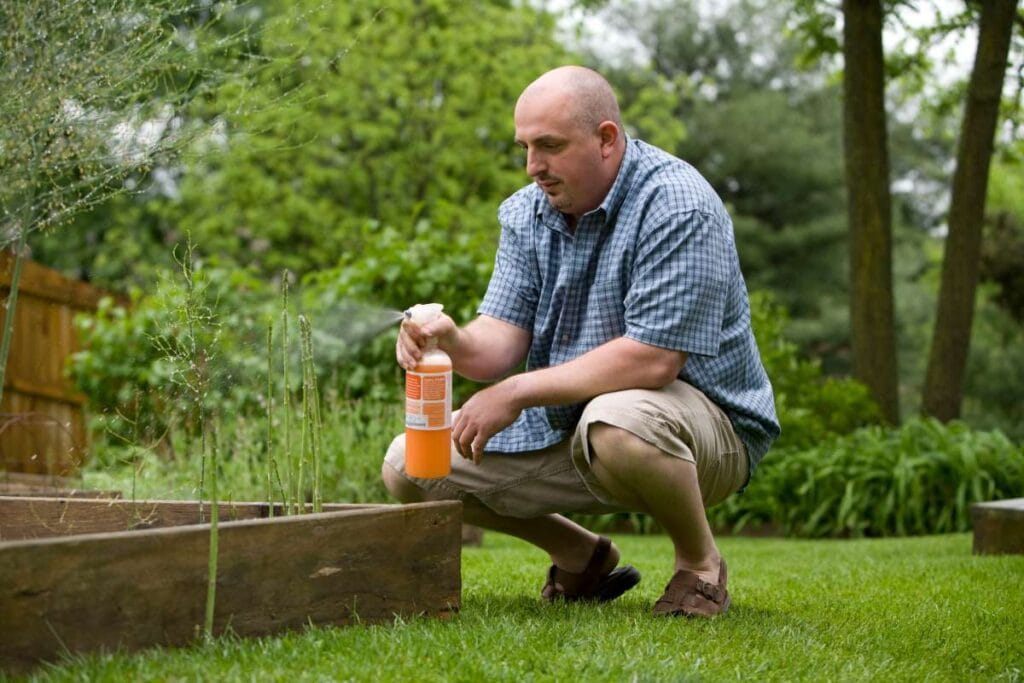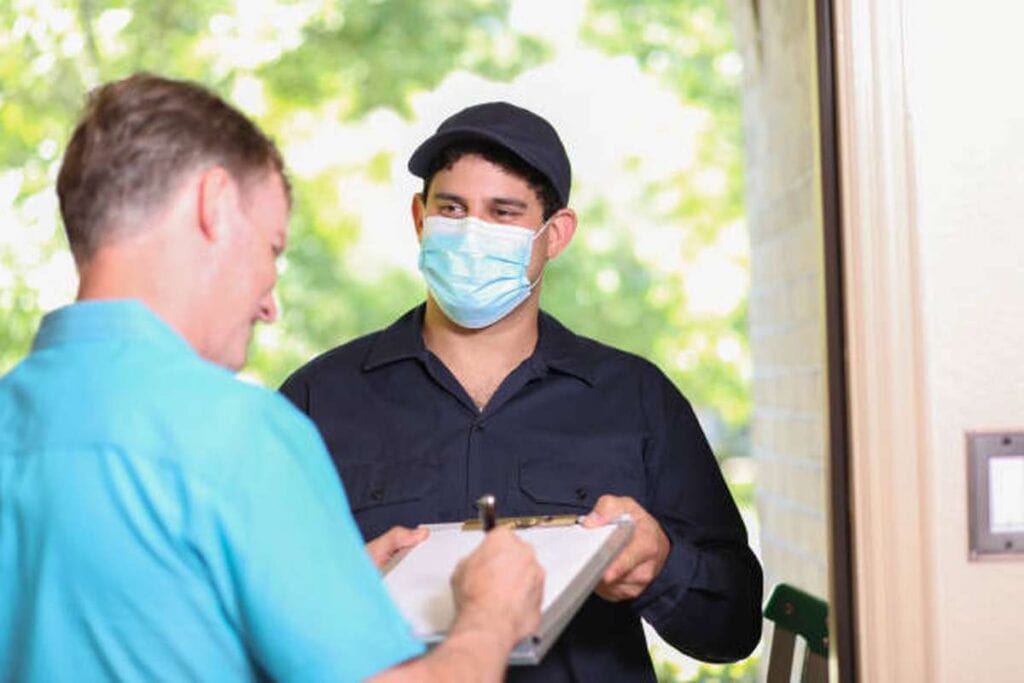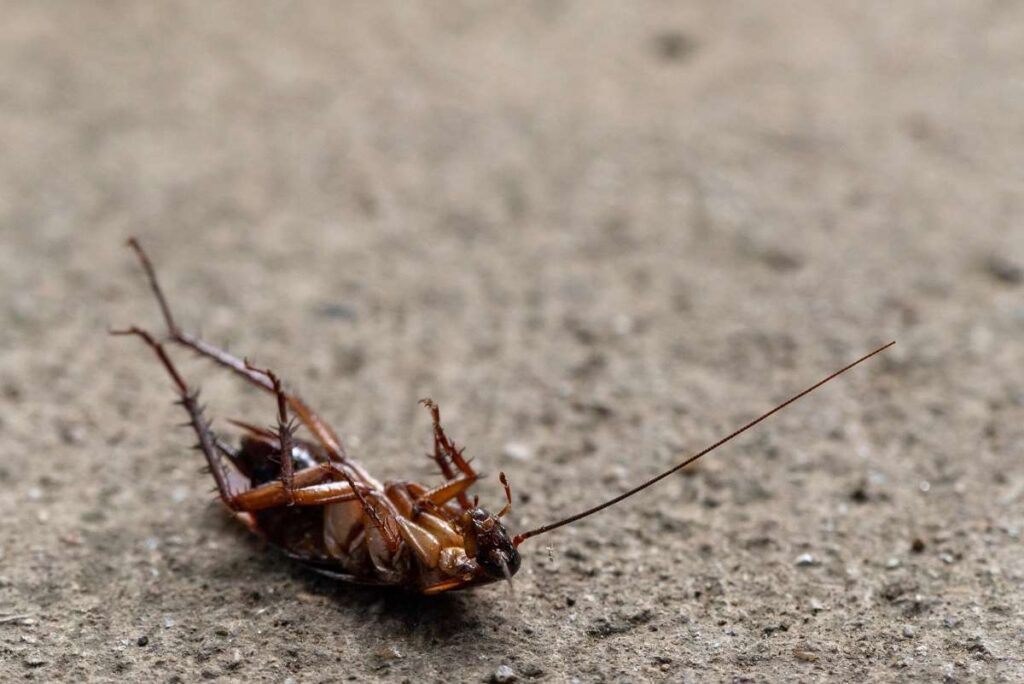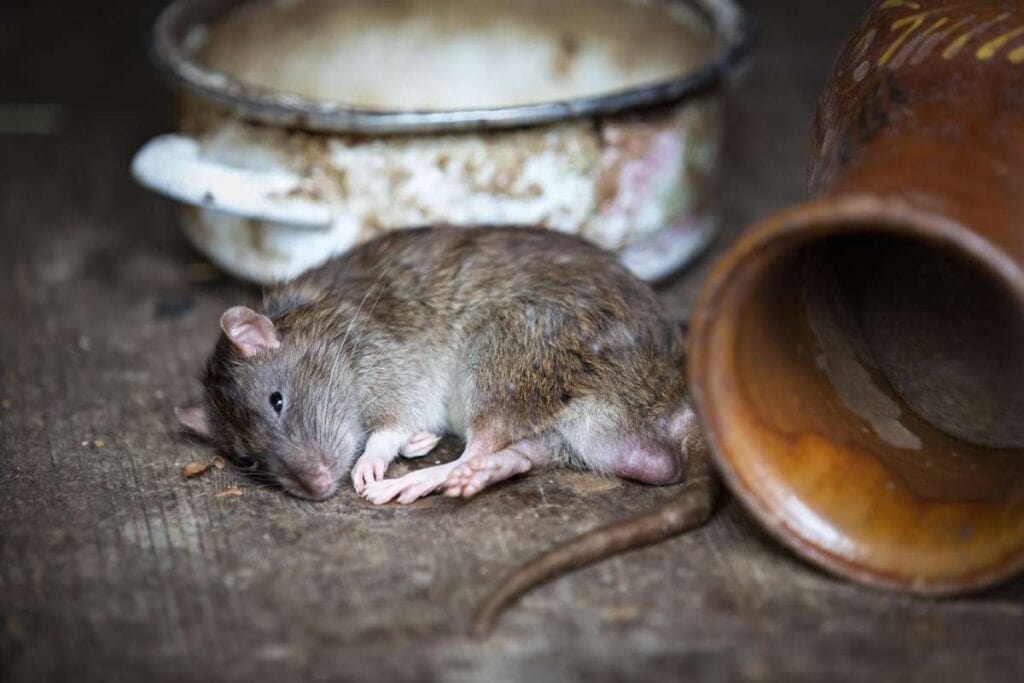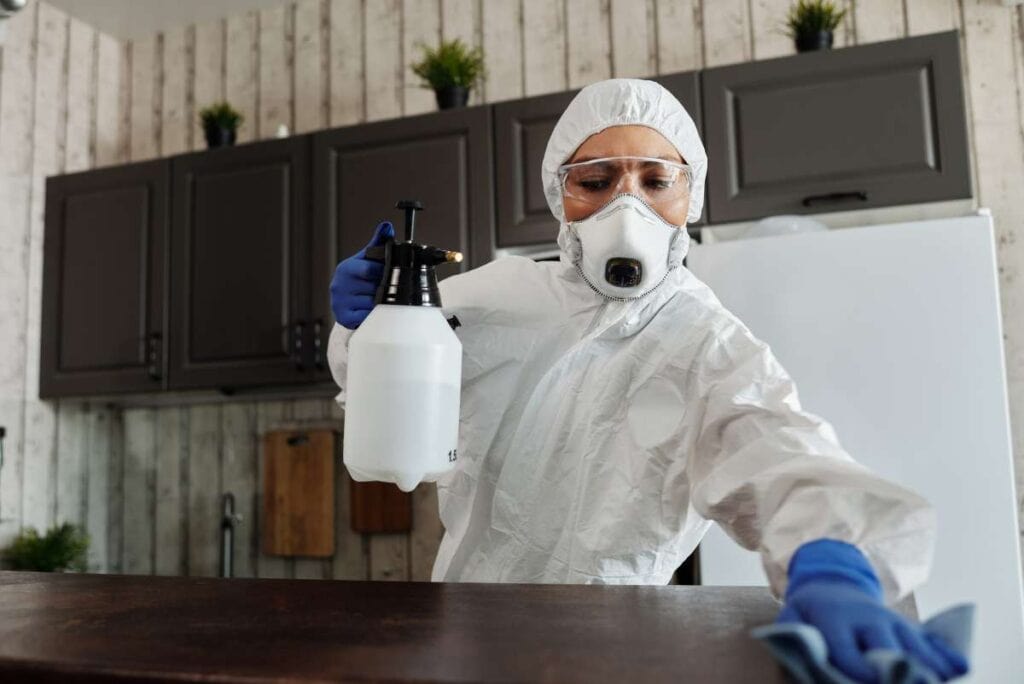Have you had enough of dealing with bed bugs, and are you looking for a solution? Do not feel alone. Identifying the best bed bug treatment to get your life back on track after dealing with the increasingly common bed insect problem is essential.
Professional pest control services have the solution. They have the knowledge and equipment to eliminate even the most entrenched bed bug infestations.
But how does treatment work, and what can one anticipate from it? For you to make a well-informed decision and regain possession of your property, we will walk you through each step of the process, beginning with the inspection and ending with the pest removal.
This blog will explain the complete process of having bed bugs exterminated, which usually takes six to eight hours, and how long it takes for the exterminator to do it.
Why Do Bed Bugs Cause So Many Problems?
Bed bugs are horrible because they are hard to catch, come back stronger than before, and hurt. Their ability to conceal themselves in various spaces, including beds, makes them difficult to find and eradicate. Because they can go months without food, bed bugs can hide in homes while no one is home and return when the weather is right. For that reason, early detection of bed bugs is important.
Bed bugs are prevalent in hotels and other public settings because they may quickly spread infestations by attaching themselves to luggage, clothing, or furniture. Bed bugs consume a lot of time to eliminate, so they are regarded as a big nuisance and problem for households and businesses. As a result, effective bed bug eradication often needs bed bugs treated by a professional provider.
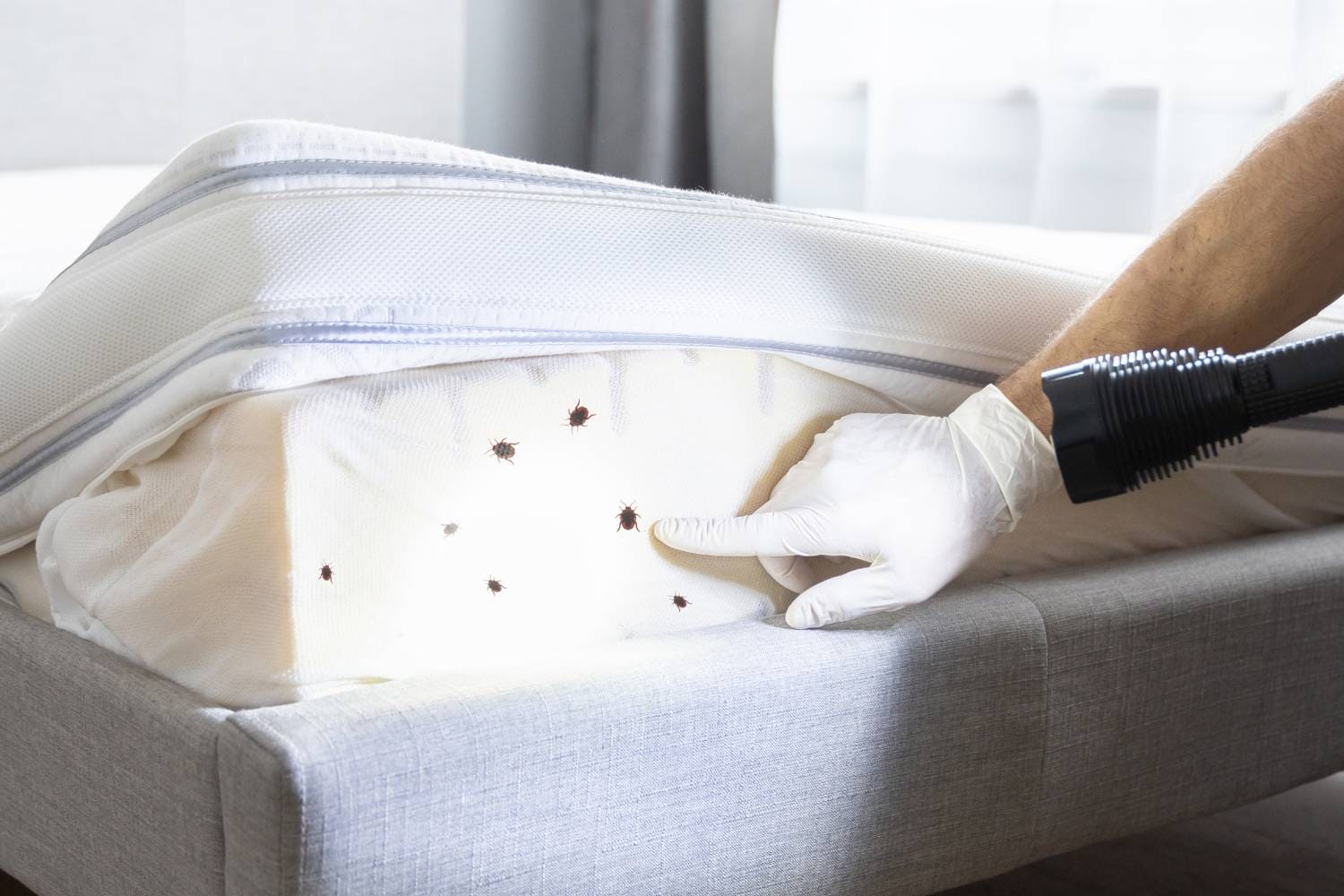
How An Infestation Of Bed Bugs Starts
Infestations of bed bugs usually begin with introducing a single bug or an egg to an uninfested area. Bed bugs can deposit hundreds of eggs in a single clutch once in a new area. These eggs only take a few weeks to develop into nymphs and mature into adult bed bugs.
There is a wide variety of ways to get bed bugs into a home or place of business:
Neighbouring Infestations
Bedbugs can move from one unit to another through cracks in the walls, electrical conduits, or plumbing pipes in apartment buildings or other closely connected houses, resulting in infestations in neighbouring areas.
Travel
When people stay in contaminated hotels or hostels or visit friends and relatives, they may unintentionally bring bed bugs in luggage, clothing, or other items. Bed bugs are skilled hitchhikers.
Visitors
Visitors who are unaware that they are carrying bed bugs in their possessions have the potential to bring these pests into a home when they arrive. Visit.
Clothing And Personal Items
Bed bugs can infest personal belongings such as bedding, clothing, and other personal items in public venues such as laundrettes, community spaces, or public transportation.
Secondhand Furniture
The presence of bed bugs in old furniture, especially mattresses and chairs, can be a problem if the furniture is not thoroughly inspected before being brought into a home.
The Process Of Eliminating Bed Bugs: What To Expect
Engaging the services of a professional bed bug remover is the initial step towards reclaiming control of your house after dealing with an infestation of bed bugs, which can be a very frustrating experience.
The following is a complete listing of everything that will happen during the bed bug control method:
Inspection And Assessment
Inspecting the area thoroughly by an expert in pest management is the first and most important step. They find potential hiding places, measure the intensity of the infestation, and determine its breadth. The best method for treating bed bugs by a professional can be determined with the help of this evaluation.
The exterminator will start by looking for signs of bed bugs around your house. They will pay special attention to dark, concealed places. Various factors, including bed frames, mattresses, and other pieces of furniture, could cause this.
Through this, they will be able to gauge the severity of the infestation and choose an appropriate method for eliminating the bed bugs.
Preparation
Homeowners are typically encouraged to perform preparation steps before beginning treatment to maximise the effectiveness of bed bug removal. Decluttering living spaces, washing all linens, and carefully vacuuming damaged areas are all part of this preparation. When homeowners clear their living spaces of unnecessary items, they make applying treatments like bed bug sprays and other elimination procedures easier.
To further avoid a reinfestation, washing and drying linens at high temperatures is recommended. Taking these measures before hiring a professional bed bug treatment is important for getting the most out of the treatment and keeping the bugs at bay.
Chemical Treatment
Professionals in pest control might use a wide range of pesticides and insecticides specifically formulated to eliminate bed bugs. Bed bugs are known to conceal themselves in cracks and crevices, which is why these treatments are administered in those areas. What kind of pesticide should be used and how it should be applied depends on the expert's knowledge.
Heat Treatment
Bed bug treatment may sometimes involve the use of heat treatments. These methods include heating the afflicted region to where bed bugs die. Heat treatments like steam or whole rooms are excellent for eliminating bed bugs. They remove any possible hiding places for the pests by thoroughly exploring every inch of the area.
Steam Treatment
When bed bugs and their eggs come into touch with steam, they might be killed immediately. In situations when chemical treatments would not be appropriate, it is frequently utilised for the treatment of upholstered furniture, mattresses, and other affected areas.
Traps And Encasements
The pest control professional may advise taking precautions, including encasing your mattress and box spring, to keep bed bugs from returning. Bed bugs cannot re-infest your bedroom thanks to these barrier covers.
To further prevent any remaining bed bugs from re-entering your bed, the exterminator may also suggest placing interceptors or traps on the legs of your bed. If there are any remaining bed bugs, these traps will catch and isolate them so they can't return to your bedroom.
By implementing these measures, homeowners can strengthen their defences against the possibility of bed bug reinfestation, providing them with long-term comfort and peace of mind.
Follow-Up Inspections
Professionals in pest control will undertake follow-up inspections after the initial treatment to verify that the infestation has been completely eradicated. Additional treatments may be required if any bed bugs or eggs are discovered during these inspections.
Preventative Measures
It is important to take precautions to avoid further infestations once the bed bugs have been removed.
The exterminator may offer you some advice on how to prevent bed bugs from coming back, such as the following:
- Regularly examining your home for indicators of bed bugs.
- To maintain hygiene, wash and dry linens on high heat and exercise caution while bringing new objects into the home.
Time Frame For Different Pest Control Methods
Several factors, such as the type of treatment used, the intensity of the infestation, and environmental circumstances, affect how long it takes for different pest control procedures to work. Here is a basic description:
Chemical Treatments
Chemical pest management uses a variety of chemicals to eliminate or deter pests, including herbicides and insecticides. Some examples are herbicides to eradicate weeds, insecticides to eradicate bugs, and rodenticides to eradicate rodents and mice. For its ability to eradicate or deter pests from an area in a short amount of time, chemical pest control is generally thought of as the gold standard.
Bed bugs are often eradicated with the help of chemical pesticides. The effectiveness of chemical treatments and the type of product used determine how long it will take to see results. Using the product multiple times over several weeks might be required to eliminate bed bug populations. For chemical treatments to be safe and effective, it is important to adhere to the professional's advice.
Heat Treatment
Using high temperatures to kill bed bugs is known as heat treatment, and it is an effective strategy for getting rid of these pests. Usually applied in a session lasting a few hours, this method effectively eliminates bed bugs, including those hiding in cracks and crevices. The key to its success is its capacity to reach all the hiding places where bed bugs live and kill them all.
Heat treatment stops bed bugs from reproducing by destroying their habitat and interrupting their life cycle. With this method, homeowners finally have a solid answer to the problem of bed insect infestations, and critics praise its effectiveness and completeness.
Integrated Pest Management (IPM) Approaches
When controlling insect populations, integrated pest management is the way to go. It incorporates chemical, physical, and biological controls, among other measures. Although integrated pest management (IPM) techniques to bed bug infestations may take more time to produce results than other procedures, they provide a long-term and thorough solution. Chemical treatments are not the only focus of integrated pest management (IPM), emphasising long-term prevention and management.
Ways To Avoid Bed Bugs At Home
The most effective approach for dealing with bed bugs is to have a professional exterminator do the job, but you can do a few things at home to lessen the likelihood that they may invade.
If you want to banish these annoying bugs from your home, here are some simple techniques:
Wash And Dry Bedding
The best way to get rid of bed bugs, their eggs, and any other infestation indicators is to wash your bedding regularly. Use the maximum heat setting on your washing machine and dryer to eliminate lingering bed bugs or eggs.
To keep your bedroom free of bed bugs and germs, wash and dry your sheets regularly, preferably once a week. By religiously following this regimen, you may prevent bed bugs from reproducing and make your home a more sanitary and pleasant place to relax.
Apply Homemade Heat Treatments
Heat is an effective tool for killing bed bugs, allowing homeowners to treat the problem independently. For smaller items like bedding and clothing, the best way to get rid of bed bugs is to put them in a dryer and set it to high heat for at least thirty minutes.
On the other hand, a portable heater can be used to achieve room temperatures that are fatal to bed bugs, which is a thorough treatment for larger things or contaminated areas. The heat treatment eliminates bed bugs and their eggs by penetrating tight spaces and creases in the cloth. Homeowners may fight off bed insect infestations and use heat to bring serenity to their living areas.
Use Bed Bug Traps
Sticky traps and interceptors are two of the many treatment options for bed bug infestations. This equipment is useful for capturing and keeping tabs on these pests. You can determine the amount of the infestation and keep an eye on things by placing these traps strategically about your bed and other possible hiding places.
You may help slow the spread of bed bugs in your home by using these traps, which attract and catch pests. Homeowners can take charge of managing and, eventually, eliminating bed bugs from their homes by regularly checking the traps, which enables prompt intervention and modification of treatment approaches.
Cleaning And Declutter
Maintaining a regular cleaning regimen is essential for reducing the likelihood of bed bug infestations in your house. It is crucial to implement regular vacuuming sessions, especially in high-traffic areas where bed bugs are known to congregate, such as around mattresses and bed frames.
Decluttering your home further strengthens your defences by eliminating hiding places where bed bugs can live. Disrupting their capacity to build populations and making their habitat less favourable to life can be achieved by methodically clearing debris. To keep your home free of bed bugs, it is important to clean it thoroughly. By doing so, you may strengthen your home's defences.
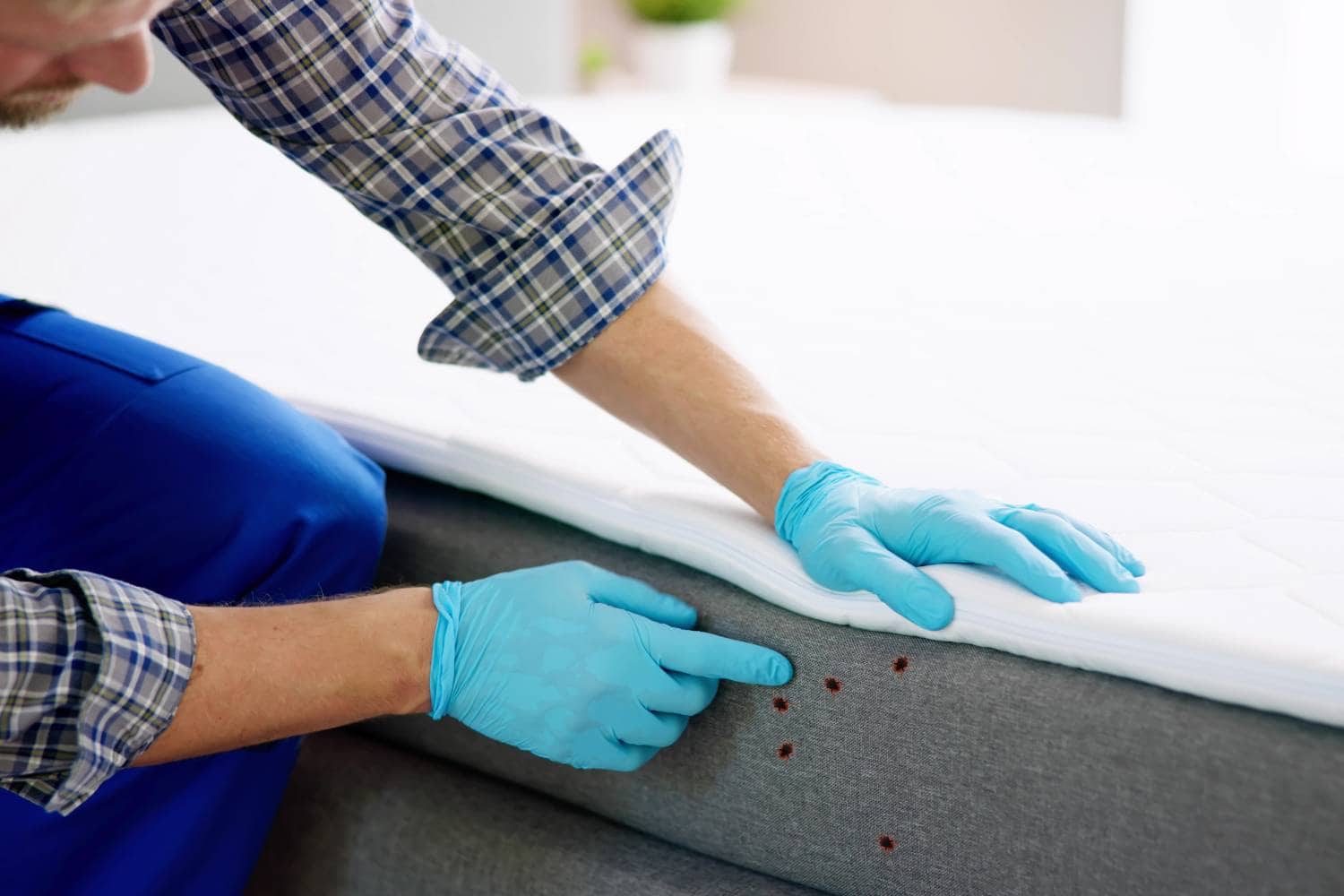
Seal Crevices And Cracks
Prevention is of the utmost importance because bed bugs are known to squeeze into houses through the smallest of openings. Take preventative measures by sealing any holes or cracks in your walls, floors, or furniture with caulk or an appropriate substance.
You may prevent bed bugs from entering your home by strengthening these weak spots, which will act as powerful barriers. In addition to lowering the probability of infection, proper sealing eliminates potential hiding places and breeding grounds for bed bugs in your house. These precautions to protect your home will ensure a peaceful and pest-free environment.
Examine Belongings And Furniture
Preventative measures against bed bug infestations can be taken by individuals by including routine inspections in their routine, in addition to obtaining expert treatment. It's crucial to thoroughly inspect all furniture, beds, and other possessions for reddish-brown insects, minute black faeces patches, or clusters of white eggs, which are the telltale indicators of bed bugs.
If you catch bed bugs early, you can stop the infestation before it grows and becomes harder to eliminate. Individuals can lessen the severity of bed bug infestations and the disturbance they cause to tranquil living spaces by remaining alert and acting quickly upon finding them.
Conclusion
Bed bugs are a common problem due to their hardness to catch, ability to hide in various spaces, and their ability to return stronger than before. They can be difficult to find and eradicate, making early detection crucial. Bed bugs are prevalent in hotels and public settings, as they can quickly spread infestations by attaching themselves to luggage, clothing, or furniture.
Infestations usually start with introducing a single bug or an egg to an uninfested area. Bed bugs can deposit hundreds of eggs in a single clutch once in a new area, taking only a few weeks to develop into nymphs and mature into adult bed bugs. Bed bugs can enter homes through neighboring infestations, travel, visitors, personal items, and secondhand furniture.
The process of bed bug removal involves an inspection and assessment, followed by preparation, chemical treatment, heat treatment, traps, and follow-up inspections. The exterminator will look for signs of bed bugs around the house, paying special attention to dark, concealed places.
Homeowners are encouraged to perform preparation steps before beginning treatment, such as decluttering living spaces, washing linens, and vacuuming damaged areas. Chemical treatments may include pesticides and insecticides specifically formulated for bed bugs, heat treatments, steam treatment, traps, and enclosures.
Professionals in pest control will conduct follow-up inspections after the initial treatment to verify that the infestation has been completely eradicated. Additional treatments may be required if bed bugs or eggs are discovered during these inspections. By following these steps, homeowners can effectively eliminate bed bugs and regain control of their property.
Bed bugs can be effectively removed by following preventative measures, such as regular inspections and maintaining hygiene. Chemical pest control methods, such as herbicides and insecticides, are considered the gold standard for eradicating bed bugs quickly. Heat treatment is another effective method, using high temperatures to kill bed bugs in a few hours. It stops bed bugs from reproducing by destroying their habitat and disrupting their life cycle.
Integrated Pest Management (IPM) approaches, which combine chemical, physical, and biological controls, provide a long-term solution for controlling insect populations. While chemical treatments may take longer to produce results, they offer a comprehensive solution.
To avoid bed bugs at home, homeowners can follow simple techniques such as washing and drying bedding, applying homemade heat treatments, using bed bug traps, cleaning and decluttering, sealing crevices and cracks, and examining belongings and furniture.
Chemical pest management uses various chemicals to eliminate or deter pests, such as herbicides, insecticides, and rodenticides. The effectiveness of these treatments depends on the type of product used and the frequency of use. Heat treatment is particularly effective for small items like bedding and clothing, while portable heaters can be used for larger areas.
Regular vacuuming and decluttering can help reduce bed bug infestations by removing hiding places and preventing the spread of the pest. Sealing holes or cracks in walls, floors, or furniture with caulk or an appropriate substance can also help prevent bed bugs from entering the home.
In conclusion, taking preventative measures and implementing routine inspections can help prevent bed bug infestations and maintain a pest-free environment.
Content Summary
- Dealing with bed bugs can be a frustrating experience, but professional pest control services offer a solution.
- Professional exterminators have the knowledge and equipment to tackle even the most entrenched bed bug infestations.
- Understanding the bed bug treatment process is crucial for making well-informed decisions and regaining control of your property.
- The complete process of bed bug extermination typically takes six to eight hours.
- Bed bugs are challenging to catch, conceal in various spaces, and can return stronger than before.
- Early detection of bed bugs is crucial due to their ability to hide and go months without food.
- Bed bugs are prevalent in hotels and public settings, spreading infestations through luggage, clothing, or furniture.
- Bed bugs pose a significant nuisance for households and businesses, requiring professional treatment.
- Infestations usually start with introducing a single bug or egg to an uninfested area, leading to rapid reproduction.
- Bedbugs can move between units in apartment buildings, causing infestations in neighbouring areas.
- Travel and visits to contaminated places can inadvertently bring bed bugs into homes through luggage or personal items.
- Secondhand furniture, especially mattresses, can introduce bed bugs if not thoroughly inspected before bringing into a home.
- The bed bug control process begins with a thorough inspection by a pest management expert.
- Inspection includes identifying hiding places, measuring infestation intensity, and determining the best treatment method.
- Homeowners are advised to prepare by decluttering living spaces, washing linens, and vacuuming before professional treatment.
- Chemical treatments involve using pesticides and insecticides specifically formulated to eliminate bed bugs in cracks and crevices.
- Heat treatments, such as steam or whole-room heating, effectively kill bed bugs and their eggs.
- Traps, encasements, and interceptors are recommended to prevent bed bugs from returning after treatment.
- Follow-up inspections are crucial to ensuring complete eradication, with additional treatments if necessary.
- Preventative measures include regular home inspections, washing and drying linens on high heat, and caution when bringing new items home.
- Different pest control methods have varying time frames based on treatment type, infestation intensity, and environmental conditions.
- Chemical treatments are considered the gold standard for quick eradication of pests.
- Heat treatment effectively eliminates bed bugs by destroying their habitat and interrupting their life cycle.
- Integrated Pest Management (IPM) approaches provide long-term and thorough solutions through chemical, physical, and biological controls.
- Professional exterminators are recommended for the most effective bed bug removal, but homeowners can take preventative measures.
- Regularly washing bedding with high heat settings helps eliminate bed bugs and their eggs.
- Homemade heat treatments, using a dryer or portable heater, offer independent solutions for smaller items or larger areas.
- Bed bug traps and interceptors are useful for capturing and monitoring pests, slowing their spread in the home.
- Regular cleaning and decluttering are essential for reducing the likelihood of bed bug infestations in high-traffic areas.
- Sealing crevices and cracks with caulk or appropriate substances acts as a powerful barrier against bed bug entry.
- Regular inspections of furniture, beds, and possessions for signs of bed bugs help prevent infestations.
- Early detection allows individuals to act quickly and reduce the severity of bed bug infestations.
- Professional pest control offers a solid answer to the problem of bed insect infestations.
- Bed bugs are challenging due to their ability to hide in various spaces and return stronger than before.
- Early detection is crucial for preventing bed bugs from spreading and causing extensive infestations.
- Bed bugs' ability to go without food for months makes early detection even more critical.
- Bed bugs are prevalent in hotels and public spaces, spreading through luggage, clothing, or furniture.
- Professional bed bug treatment is necessary due to the time-consuming nature of eliminating these pests.
- Infestations typically start with the introduction of a single bug or egg, leading to rapid reproduction.
- Bed bugs can move between units in apartment buildings, causing infestations in neighbouring areas.
- Secondhand furniture, especially mattresses, requires thorough inspection to avoid introducing bed bugs.
- The bed bug control process begins with a thorough inspection by a pest management expert.
- Homeowners are advised to prepare by decluttering living spaces, washing linens, and vacuuming before professional treatment.
- Chemical treatments involve using pesticides and insecticides specifically formulated to eliminate bed bugs in cracks and crevices.
- Heat treatments, such as steam or whole-room heating, effectively kill bed bugs and their eggs.
- Traps, encasements, and interceptors are recommended to prevent bed bugs from returning after treatment.
- Follow-up inspections are crucial to ensuring complete eradication, with additional treatments if necessary.
- Preventative measures include regular home inspections, washing and drying linens on high heat, and caution when bringing new items home.
- Different pest control methods have varying time frames based on treatment type, infestation intensity, and environmental conditions.
- Integrated Pest Management (IPM) approaches provide long-term and thorough solutions through chemical, physical, and biological controls.
Frequently Asked Questions
Several factors can influence the duration of pest control treatment for bed bugs. These factors include the extent of the infestation, the type of treatment methods used (such as chemical treatments, heat treatments, or steam treatments), and the environmental conditions within the affected area. Additionally, the level of cooperation from the homeowner or property occupant in preparing the space for treatment can also impact the timeline.
Certain treatment methods, such as heat treatments, are known for rapidly eliminating bed bugs. Heat treatments involve raising the temperature within the infested area to levels lethal to bed bugs and their eggs, effectively eradicating the infestation in a relatively short period. However, the suitability of heat treatments and other methods may vary depending on the specific circumstances of the infestation.
The timeframe for seeing noticeable results from pest control treatment can vary based on the chosen methods and the severity of the infestation. In some cases, homeowners may observe a reduction in bed bug activity shortly after treatment. At the same time, in other instances, it may take several days or weeks for the full effects of the treatment to become apparent. Consistent monitoring and follow-up inspections are essential to assess the treatment progress and ensure that any remaining bed bugs are effectively targeted.
To expedite the bed bug eradication process, homeowners can take proactive measures to support the efforts of pest control professionals. This may include thoroughly cleaning and decluttering the infested area and following any preparation guidelines provided by the pest control company. Additionally, maintaining open communication with the pest control team and promptly addressing any concerns or observations can help streamline the treatment process and enhance its effectiveness.
Determining the success of pest control treatment for bed bugs involves carefully observing and monitoring the infested area following treatment. Signs of successful treatment may include a significant reduction in bed bug activity, the absence of new bites or sightings, and the lack of viable eggs or nymphs during follow-up inspections. It's essential to monitor for any signs of residual bed bug activity and promptly address any emerging issues to prevent re-infestation.





